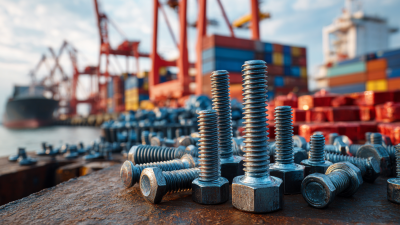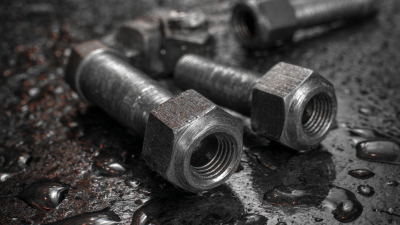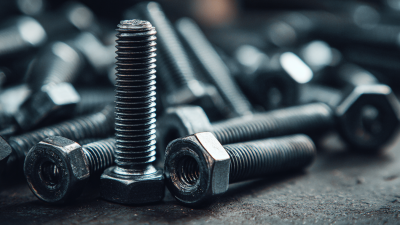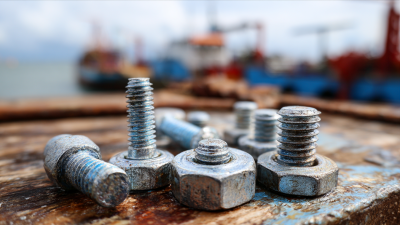Inquiry
Form loading...
When embarking on a new construction or DIY project, one crucial decision involves selecting the right hardware, particularly when it comes to fasteners. Among the various options available, Dome Head Bolts stand out due to their unique design and functional benefits. These bolts, characterized by their rounded heads that provide a sleek finish and even load distribution, are ideal for applications requiring both aesthetic appeal and strength. Choosing the right Dome Head Bolts for your project can greatly influence its durability and overall success.
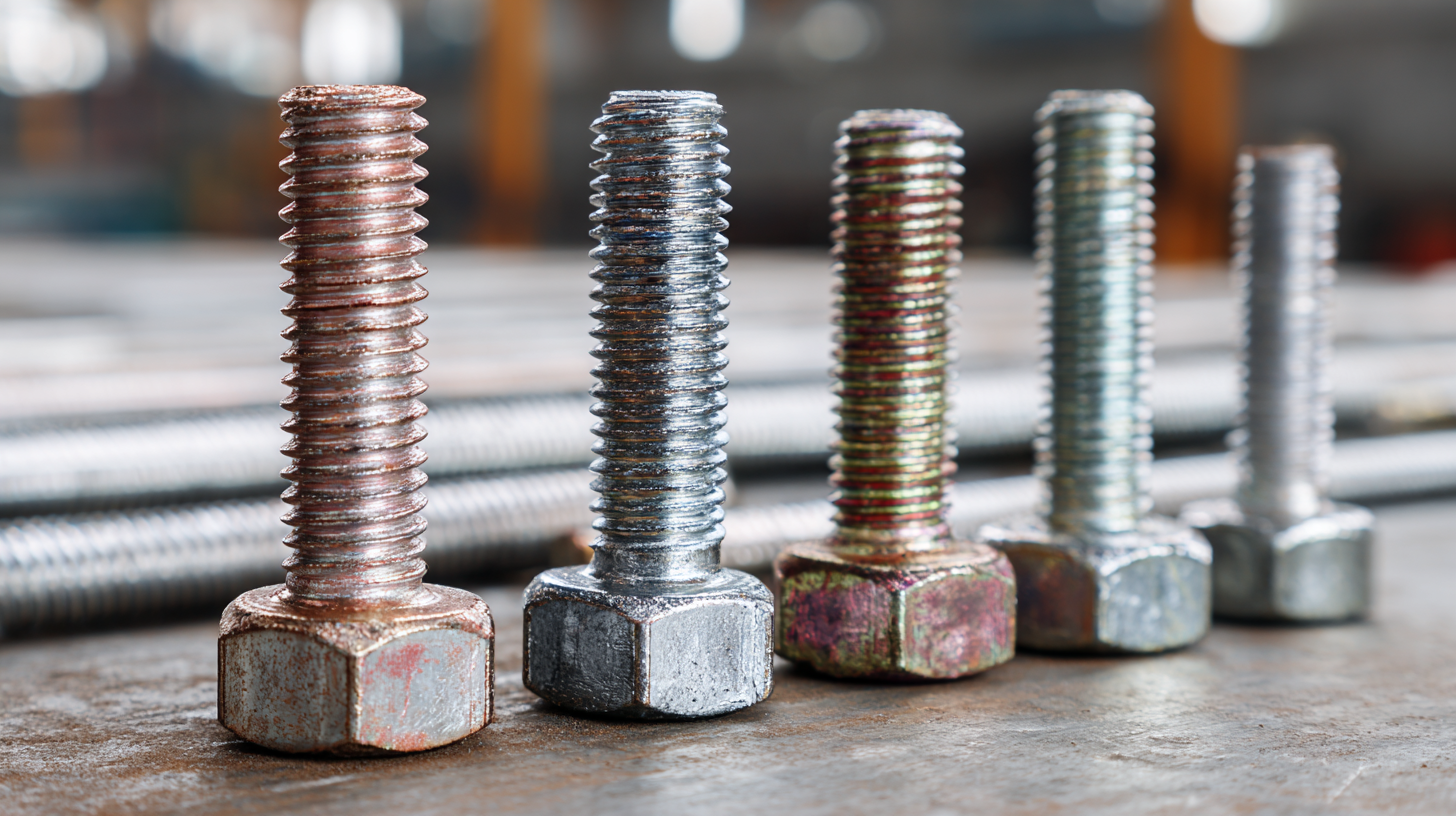
In this guide, we will explore key considerations, such as material compatibility, size, and load requirements, empowering you to make informed decisions that align with your project's specific needs. Whether you are a seasoned professional or a DIY enthusiast, understanding the nuances of Dome Head Bolts will enhance your project's outcome and ensure a secure and reliable assembly.
Dome head bolts are essential fasteners known for their rounded tops and robust construction, making them suitable for various applications. Commonly used in automotive and structural projects, these bolts offer a unique blend of aesthetic appeal and functional strength. According to a report by the Industrial Fasteners Institute, the global market for fasteners, including dome head bolts, was valued at approximately $86 billion in 2020 and is projected to grow at a CAGR of 4.5% through 2025. This growth signifies an increasing reliance on quality fasteners in construction and manufacturing sectors.
When selecting dome head bolts, understanding the material composition is crucial, as it directly impacts performance and durability. Most dome head bolts are made from carbon steel, stainless steel, or alloy steel, each offering distinct properties tailored for specific environments. A study published by Research and Markets indicates that the demand for stainless steel fasteners is expected to surge due to their corrosion resistance and strength, particularly in industries like marine and construction. By recognizing the right material and specifications, project managers can ensure longevity and reliability in their fastening solutions.
This chart illustrates the common applications and load capacities of different sizes of dome head bolts used in various projects. The data represents the variety and feasibility of dome head bolts according to their diameters and the respective load they can support.
When selecting dome head bolts for specific projects, several critical factors must be considered to ensure optimal performance and reliability. First, the material of the bolts is paramount, as it affects durability and resistance to corrosion, particularly in demanding environments. For instance, stainless steel bolts are ideal for outdoor applications, whereas carbon steel might suffice for indoor projects. Additionally, assessing the load capacity required for your project is essential; some applications may necessitate heavy-duty bolts that can withstand greater pressures.
Another aspect to focus on is the size and threading of the dome head bolts. The dimensions must match the project specifications to ensure a secure fit and optimal hold. Lastly, consider the aesthetic appeal if the bolts will be visible once installed. The finish and overall design of dome head bolts can contribute significantly to the project's visual impact. By carefully evaluating these factors, you can select the most suitable dome head bolts that meet both functional and aesthetic needs for your specific application.
When selecting dome head bolts for your project, understanding the material choices is crucial for ensuring optimal strength and corrosion resistance. Common materials include stainless steel, carbon steel, and alloy steel. Stainless steel, particularly grades 304 and 316, is renowned for its excellent corrosion resistance, making it ideal for outdoor and marine applications. Its durability and resistance to rust contribute to the longevity of the structures they're used in.
On the other hand, carbon steel bolts are typically stronger and more versatile for various applications but are susceptible to corrosion if not properly coated or treated. Depending on the environmental conditions your project faces, opting for galvanized or coated carbon steel can provide the necessary protection against rust. Additionally, alloy steel bolts, often used in high-stress applications, offer superior strength while needing appropriate coatings to resist corrosion. Weighing these material options will help ensure that your chosen dome head bolts meet the demands of your specific project.
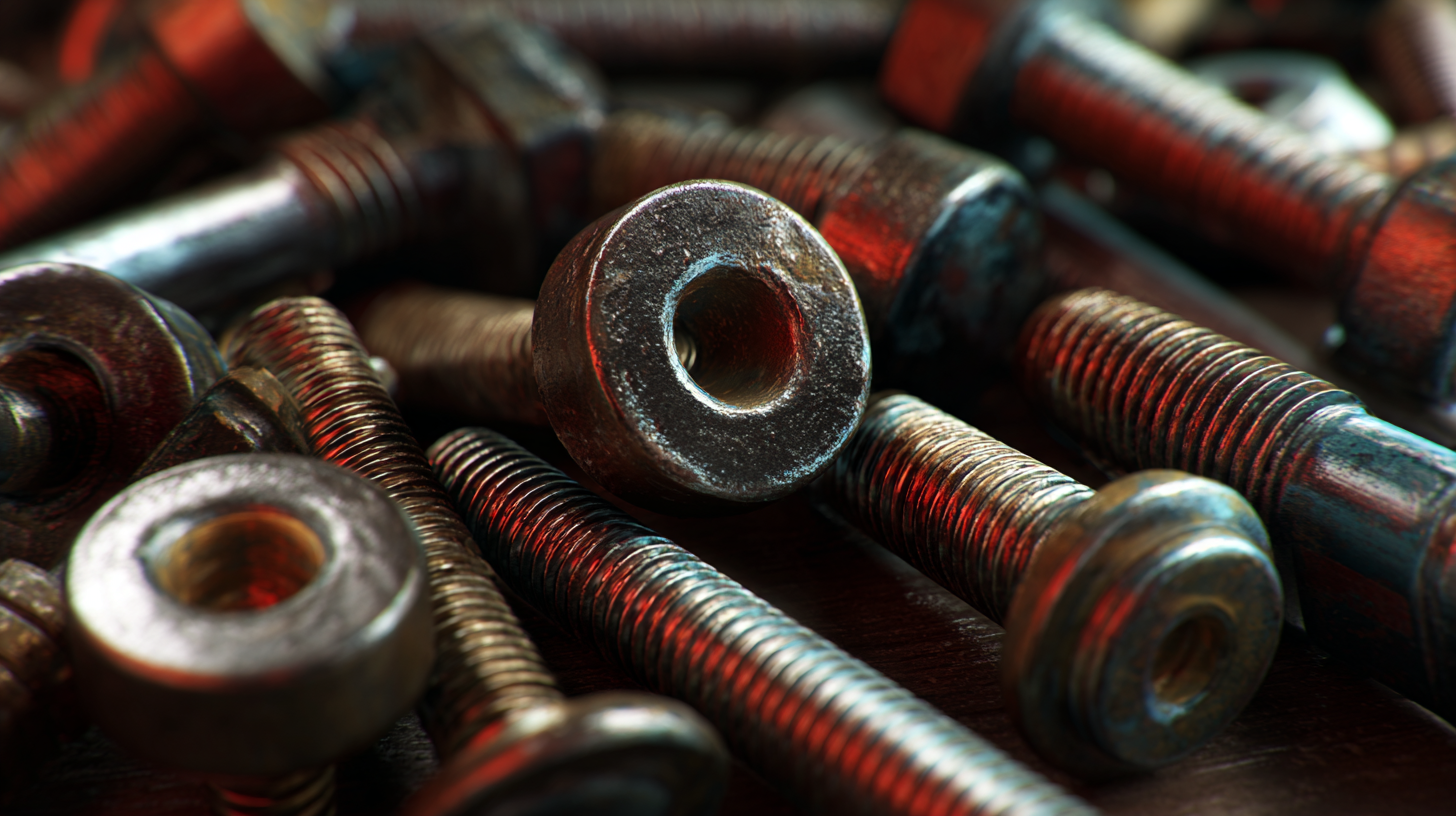
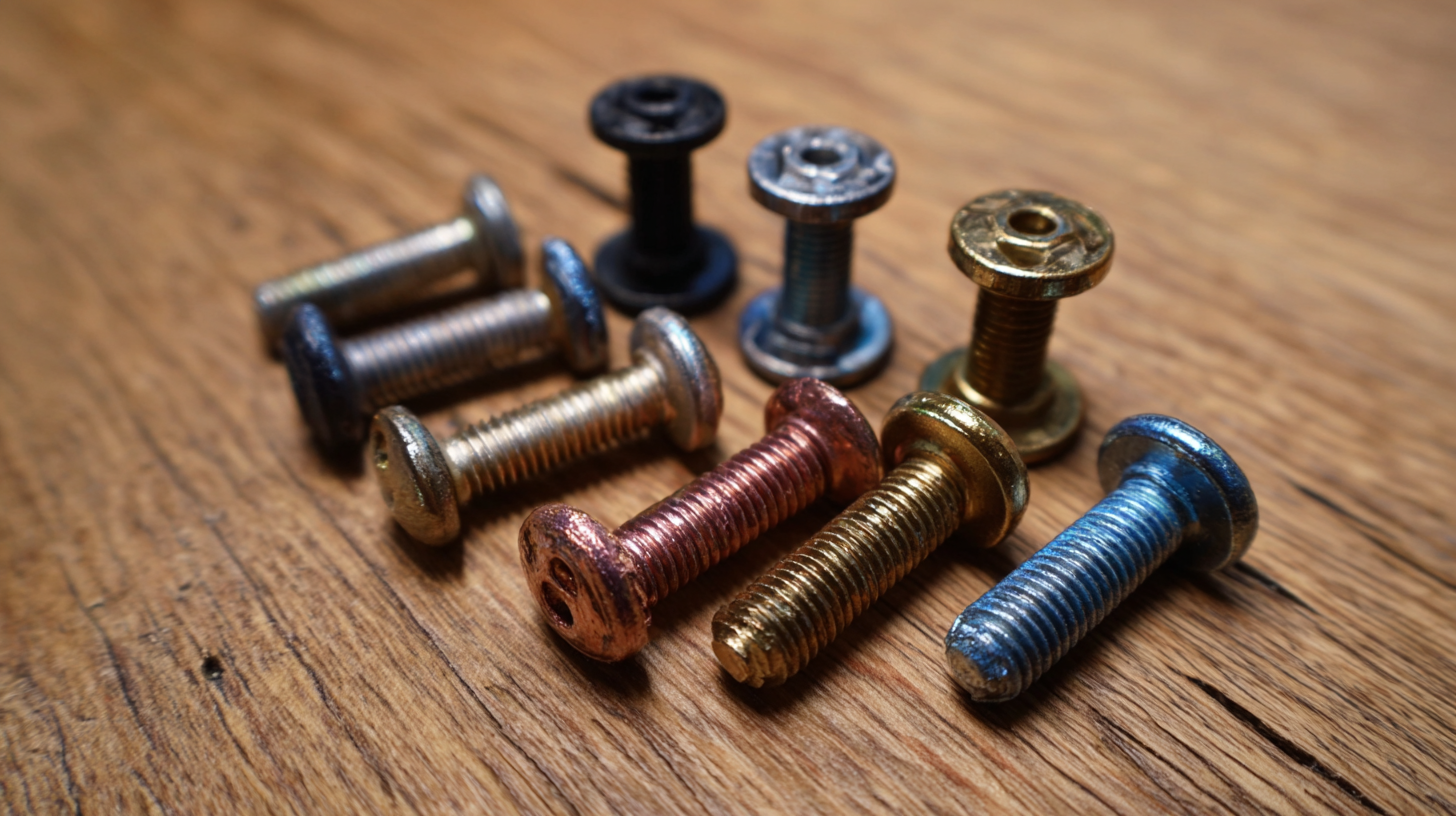 When selecting dome head bolts for your project, size and thread considerations play a crucial role in ensuring optimal performance. Dome head bolts come in various sizes, and choosing the right diameter is essential for the specific application. Larger bolts provide increased strength and load-carrying capacity, while smaller bolts may be more suitable for lighter applications. It’s important to consider the material of the bolts as well; stainless steel, for example, offers corrosion resistance, making it ideal for outdoor or humid environments.
When selecting dome head bolts for your project, size and thread considerations play a crucial role in ensuring optimal performance. Dome head bolts come in various sizes, and choosing the right diameter is essential for the specific application. Larger bolts provide increased strength and load-carrying capacity, while smaller bolts may be more suitable for lighter applications. It’s important to consider the material of the bolts as well; stainless steel, for example, offers corrosion resistance, making it ideal for outdoor or humid environments.
Thread specifications also significantly affect the effectiveness of dome head bolts. The choice between coarse and fine threads can influence the bolt's gripping power and ease of installation. Coarse threads generally engage more quickly and are more efficient in soft materials, while fine threads provide better tension and are better suited for hard materials. Additionally, ensure the thread length is appropriate for the material being fastened, as inadequate engagement may lead to failure under load. By carefully considering these size and thread factors, you can enhance the reliability and performance of your dome head bolt assembly in various applications.
When selecting dome head bolts for your project, it is critical to avoid common pitfalls that can lead to significant issues down the line. One major mistake is disregarding the material compatibility. Different projects may require specific materials for bolts, depending on environmental conditions, such as exposure to moisture or chemicals. Using the wrong type can lead to corrosion or failure under stress.
Another frequent error is underestimating the importance of size and thread type. Many people assume that all dome head bolts will fit their needs, but bolts come in various sizes and thread patterns. Choosing the incorrect size can compromise the integrity of your construction, causing loose fittings or damage to the components being joined. Always check the specifications of your hardware to ensure a secure fit and reliable performance.
| Dimension | Material | Finish | Load Capacity (lbs) | Common Applications |
|---|---|---|---|---|
| 1/4" x 1" | Steel | Zinc Plated | 800 | Furniture Assembly |
| 5/16" x 1.5" | Stainless Steel | Polished | 1200 | Construction |
| 3/8" x 2" | Aluminum | Anodized | 600 | Marine Applications |
| 1/2" x 2.5" | Carbon Steel | Galvanized | 1500 | Heavy Machinery |
| 3/4" x 3" | Alloy Steel | Black Oxide | 2200 | Oil & Gas Industry |
